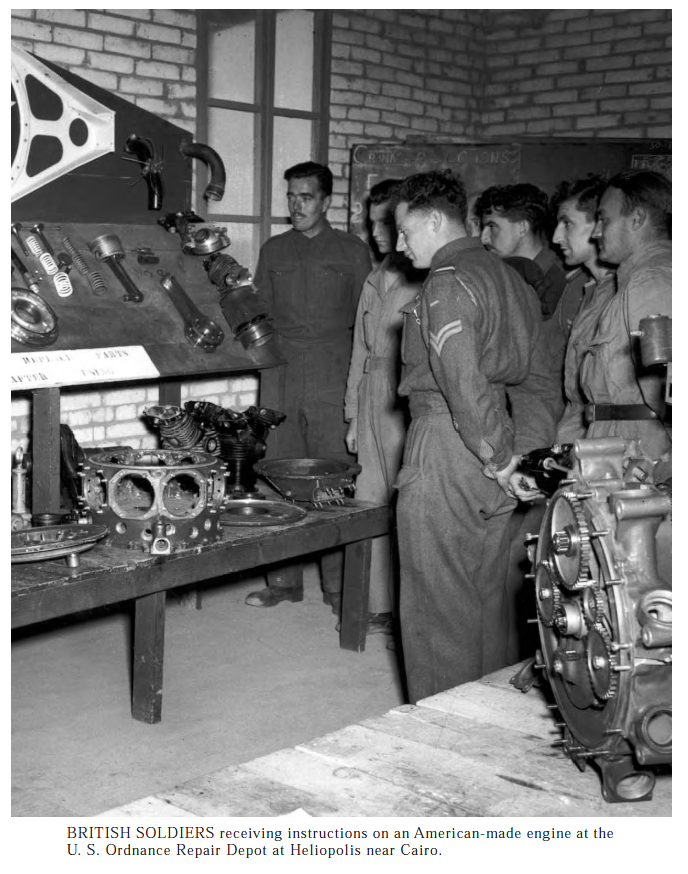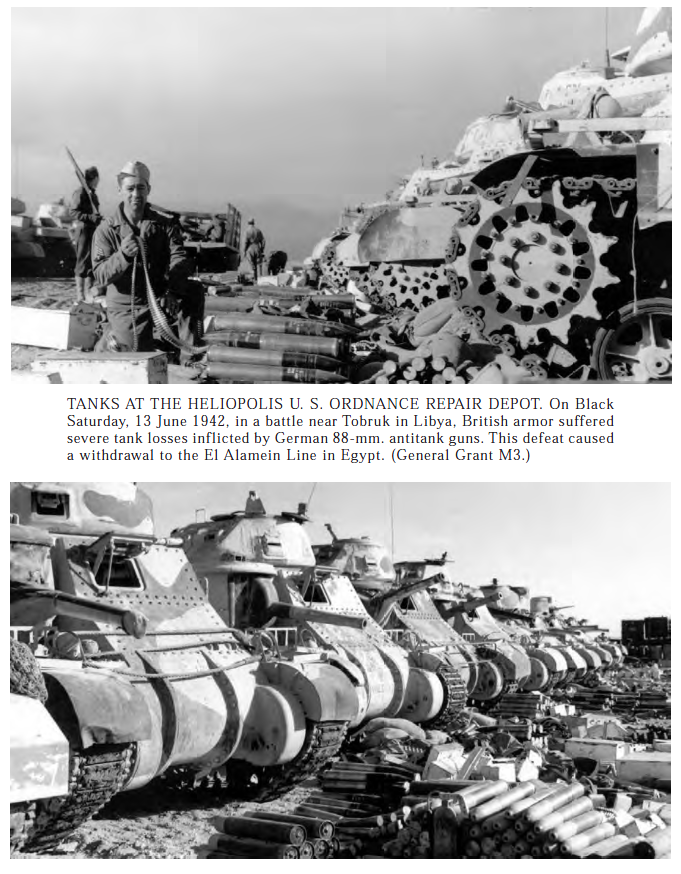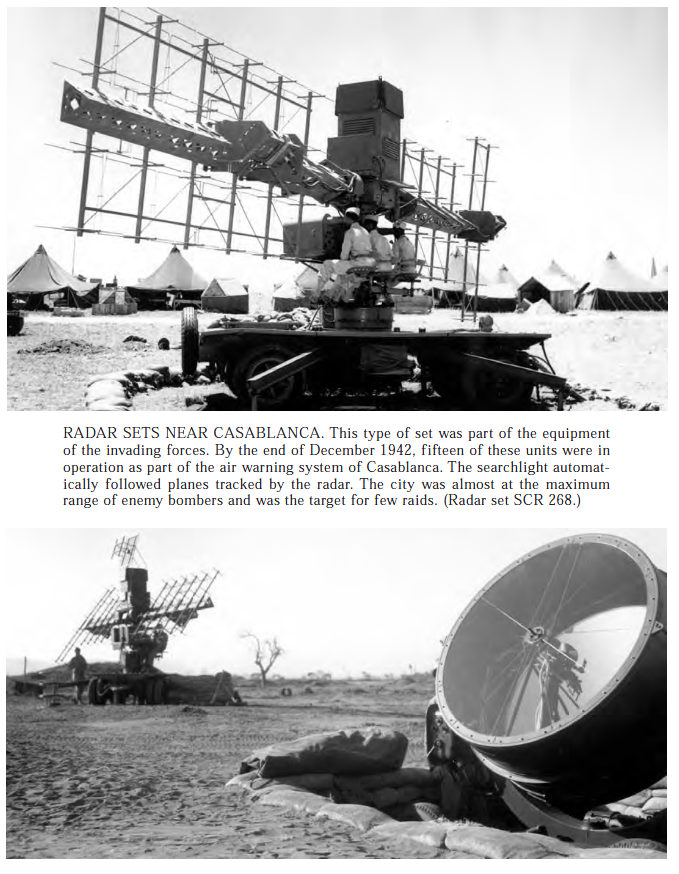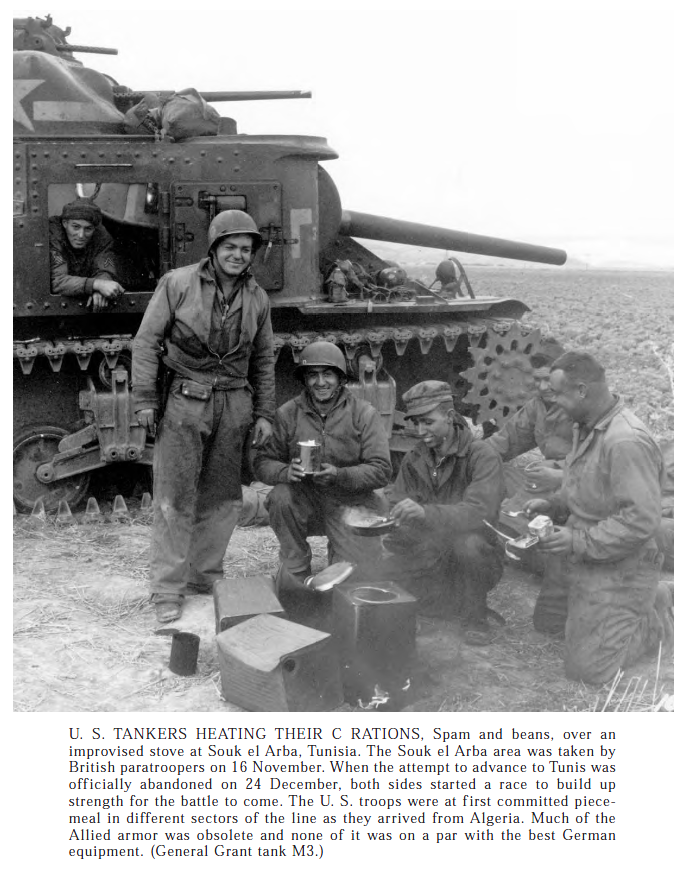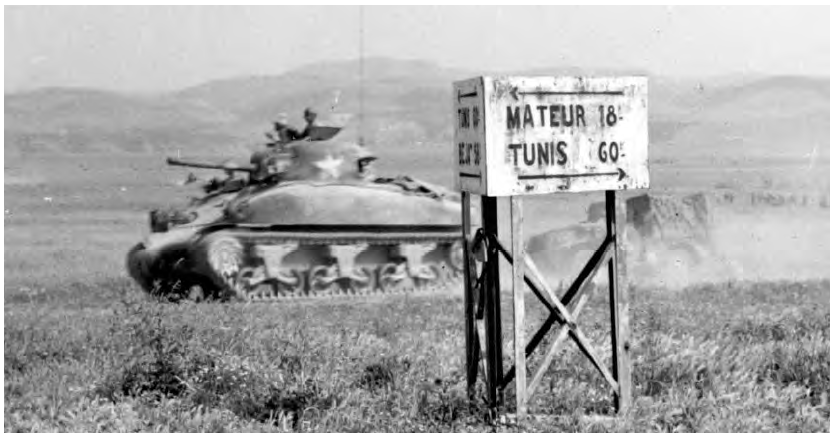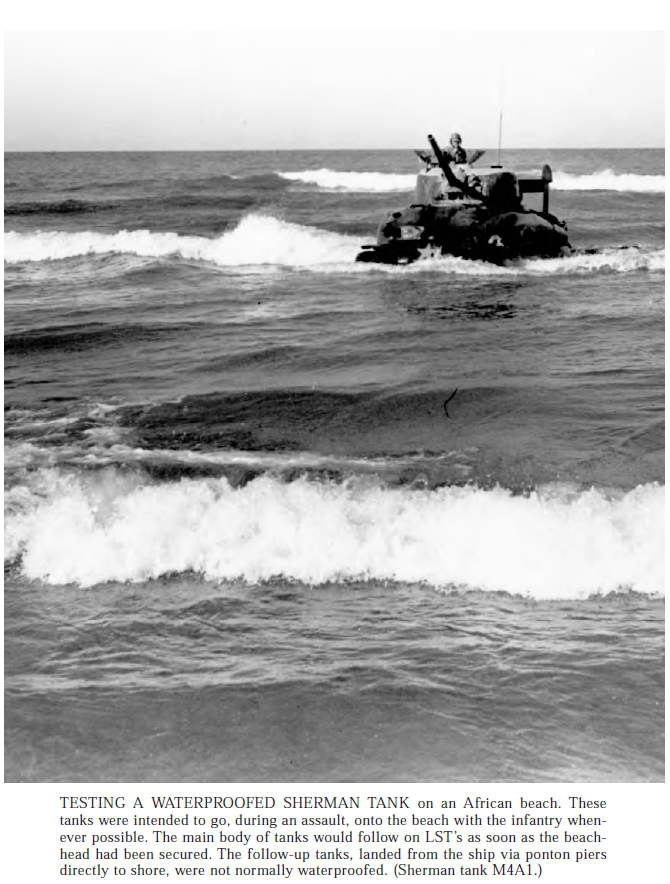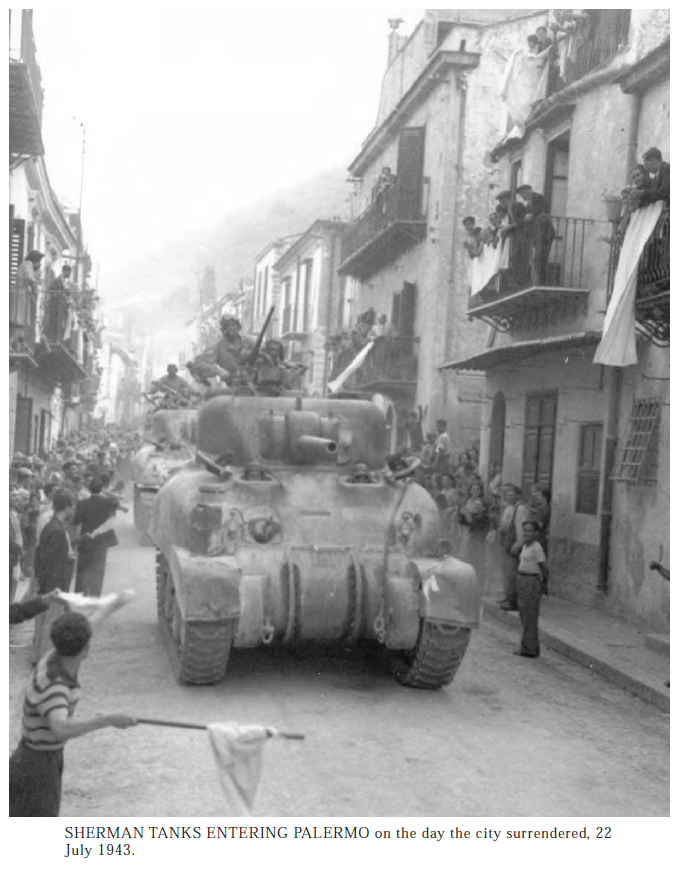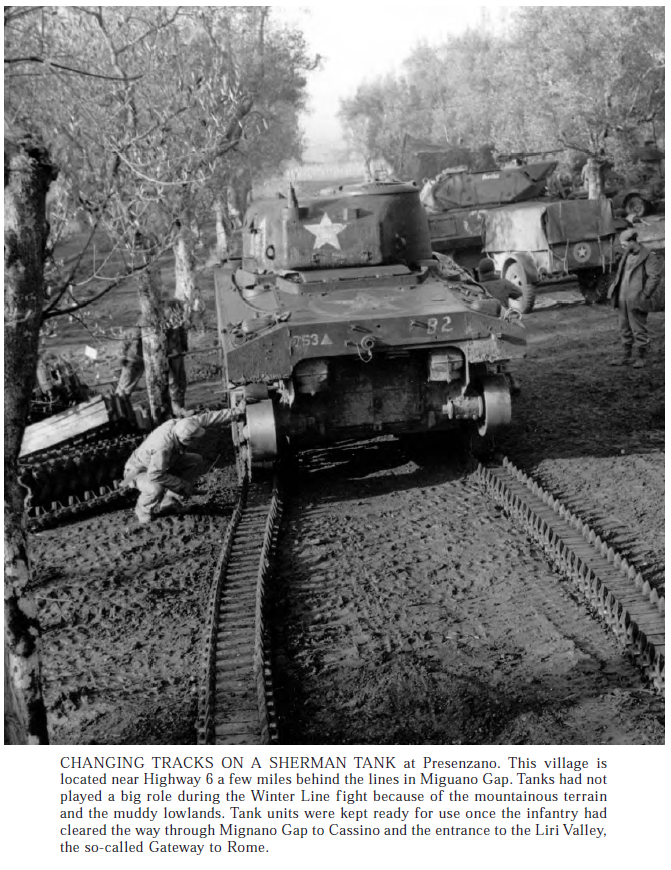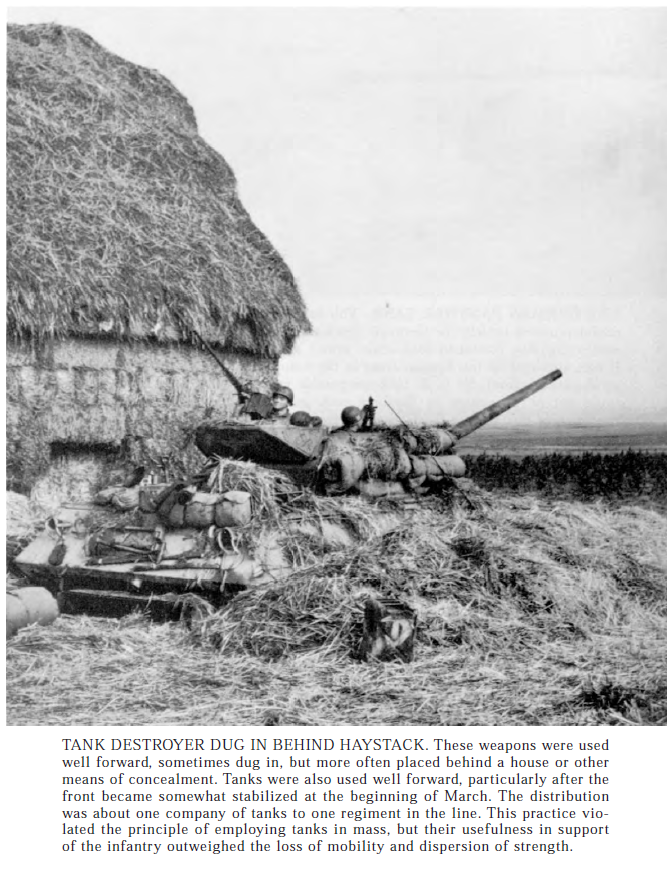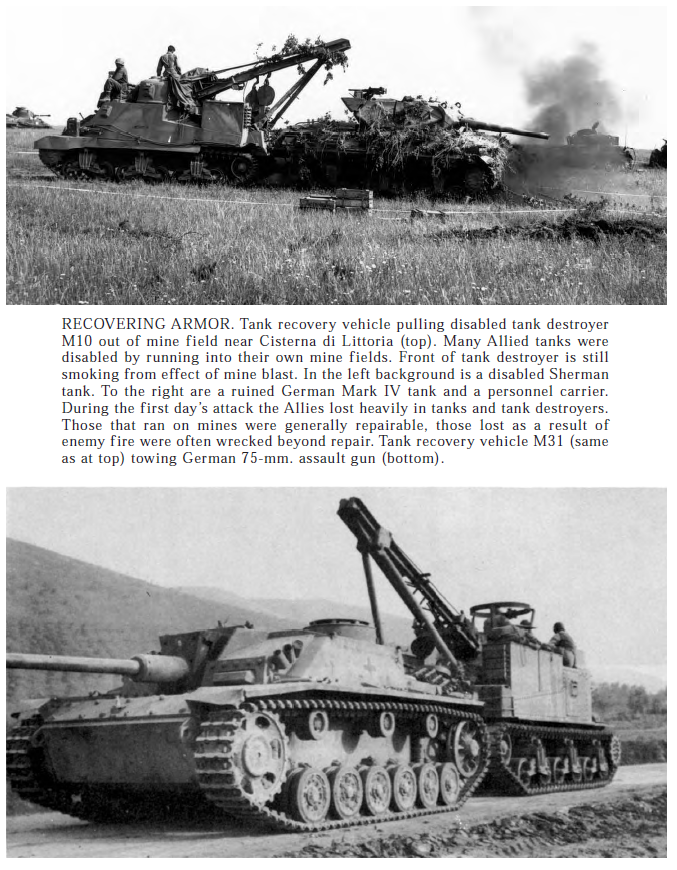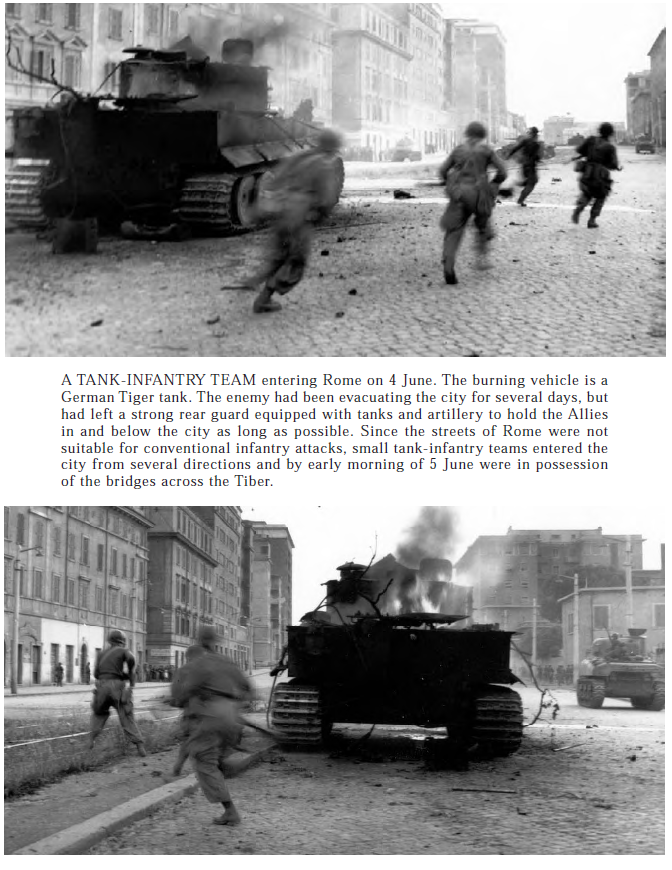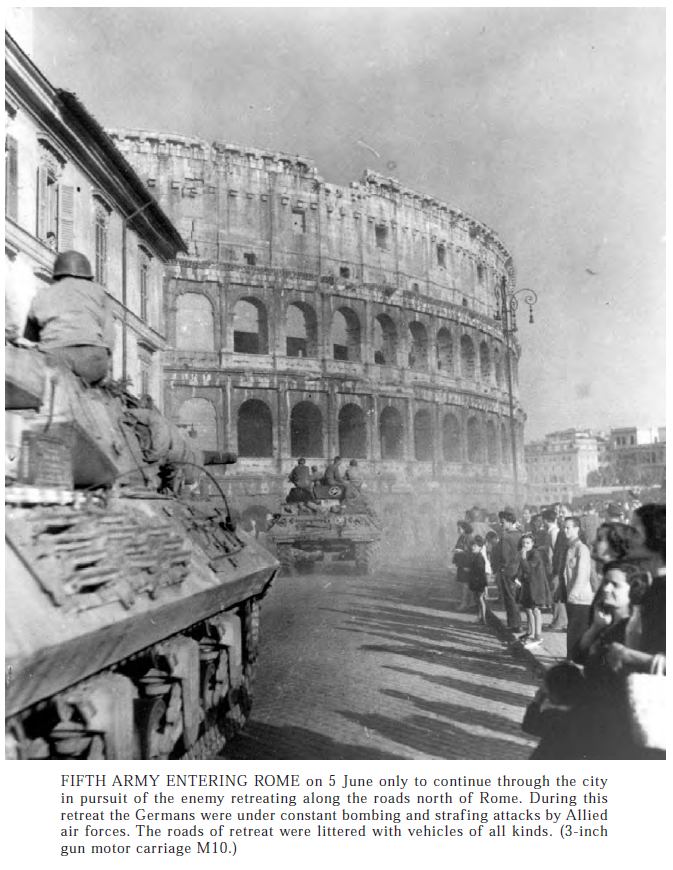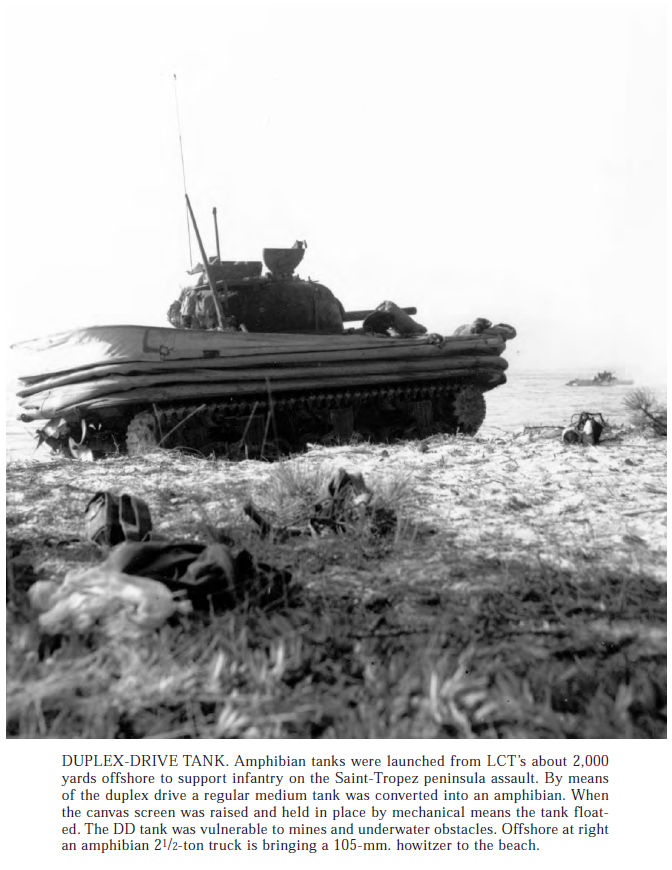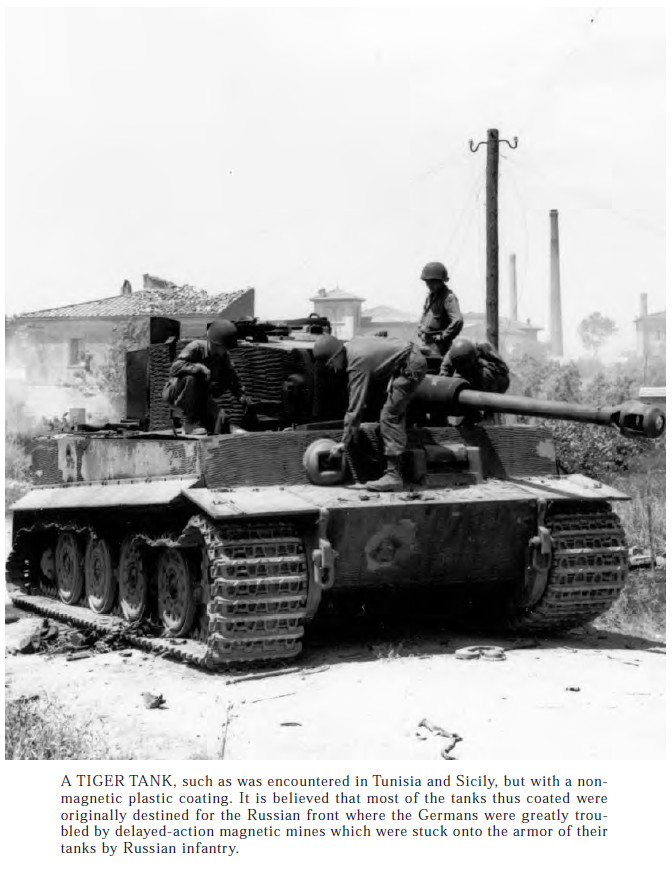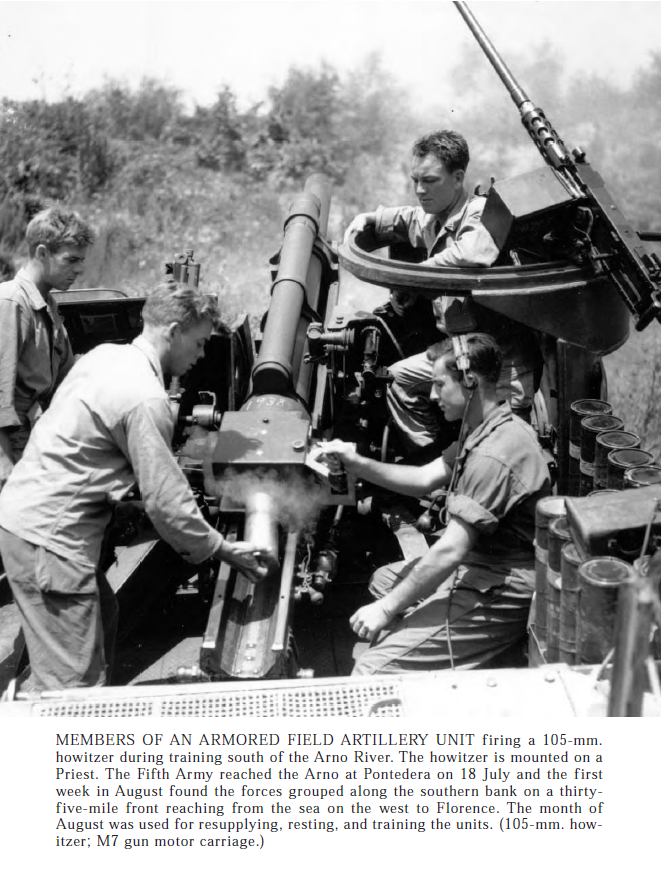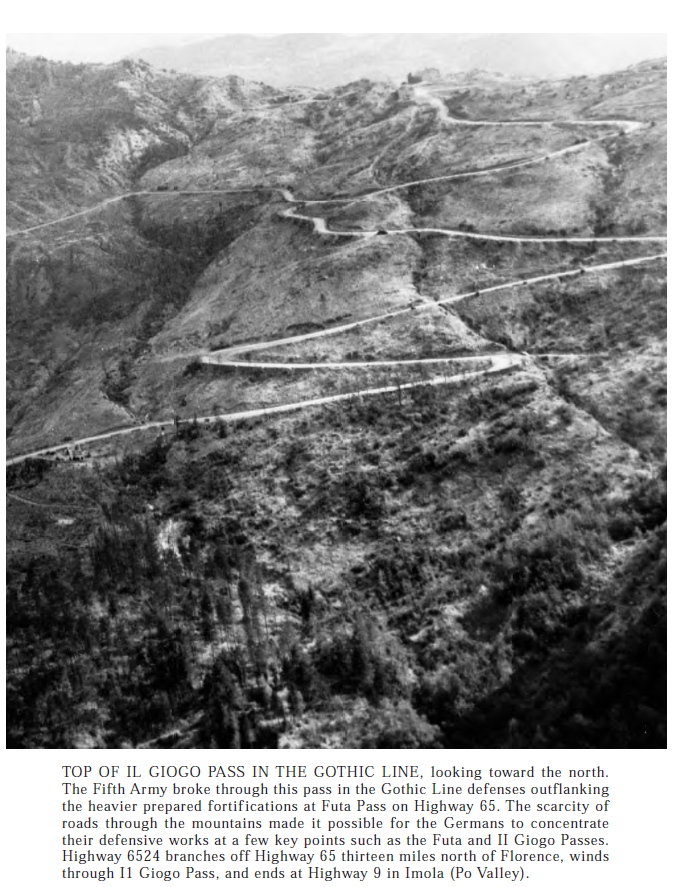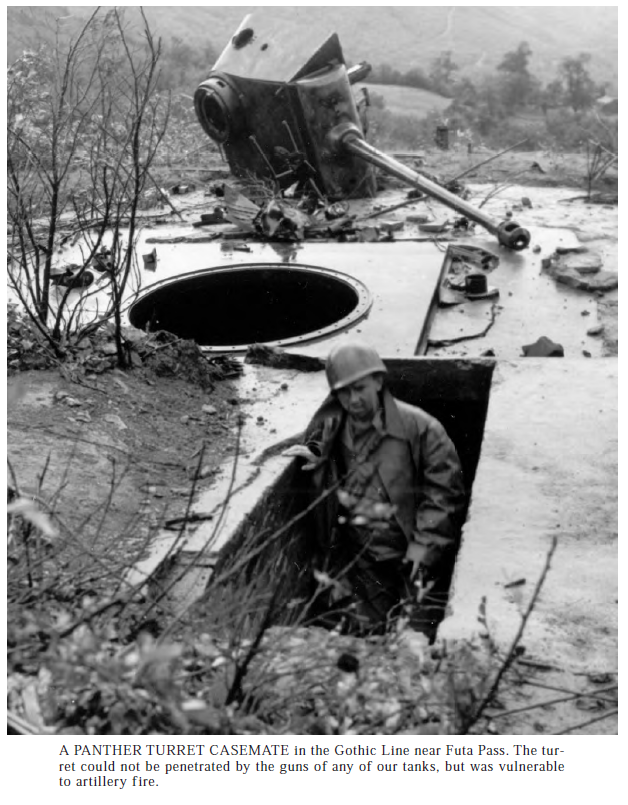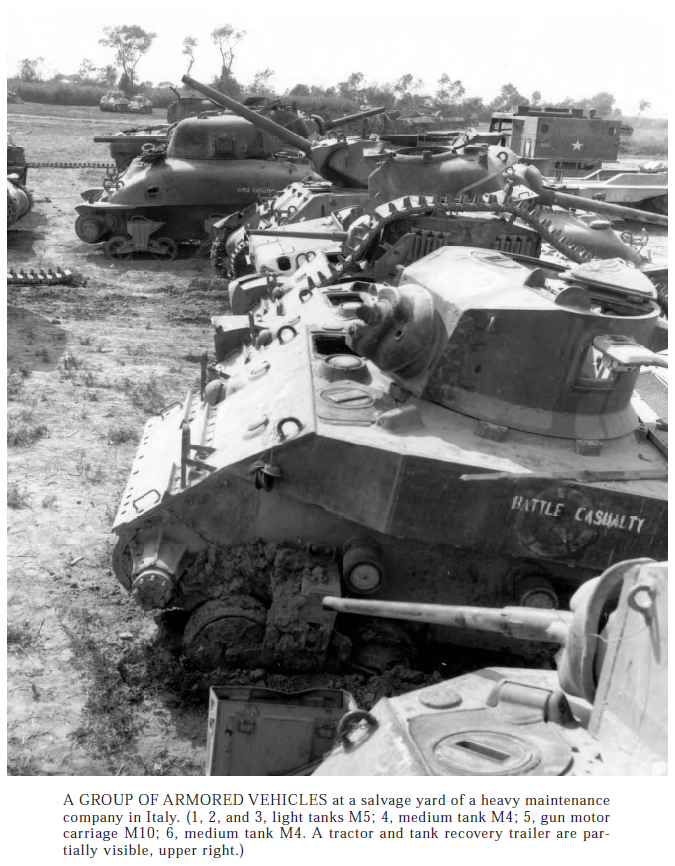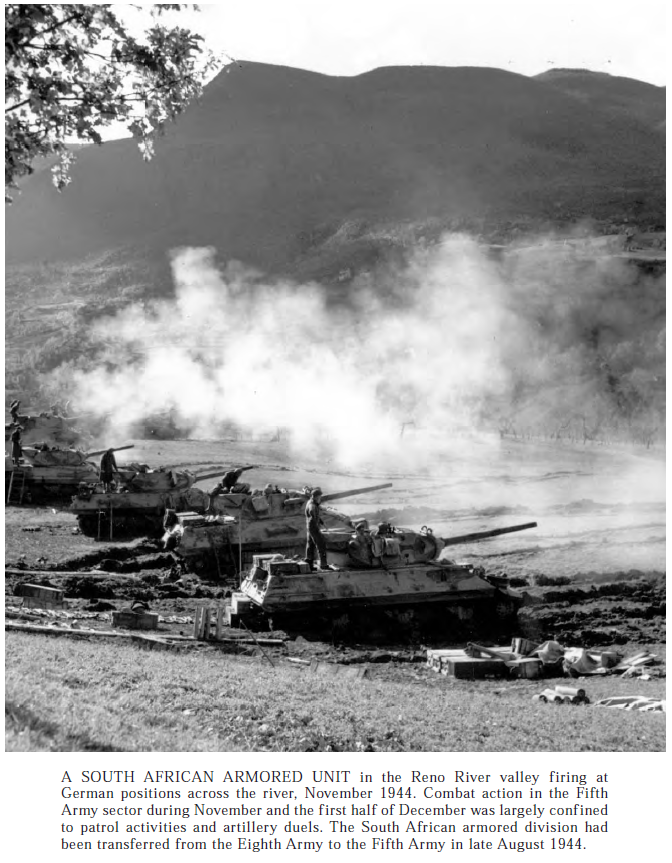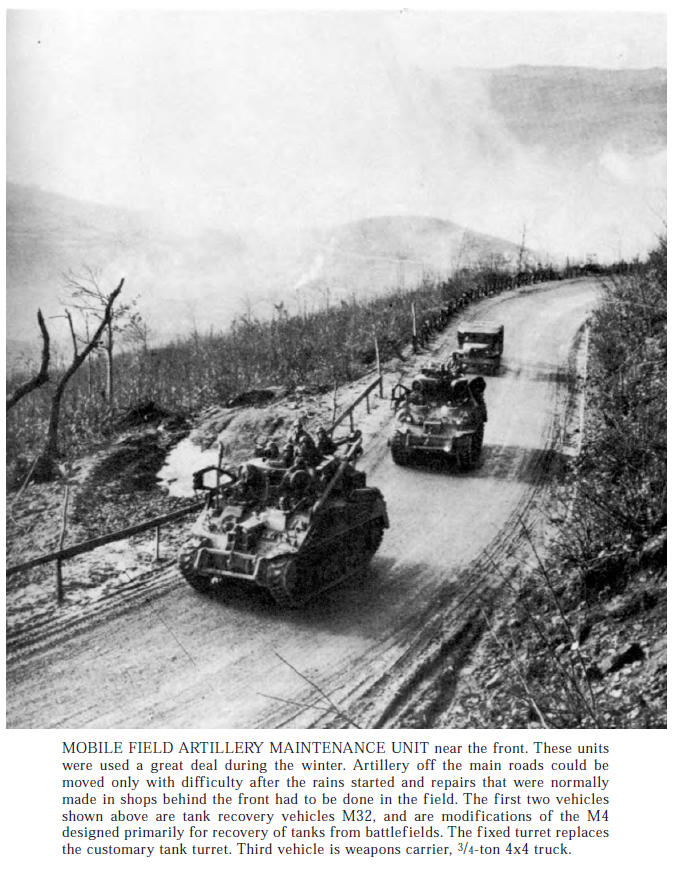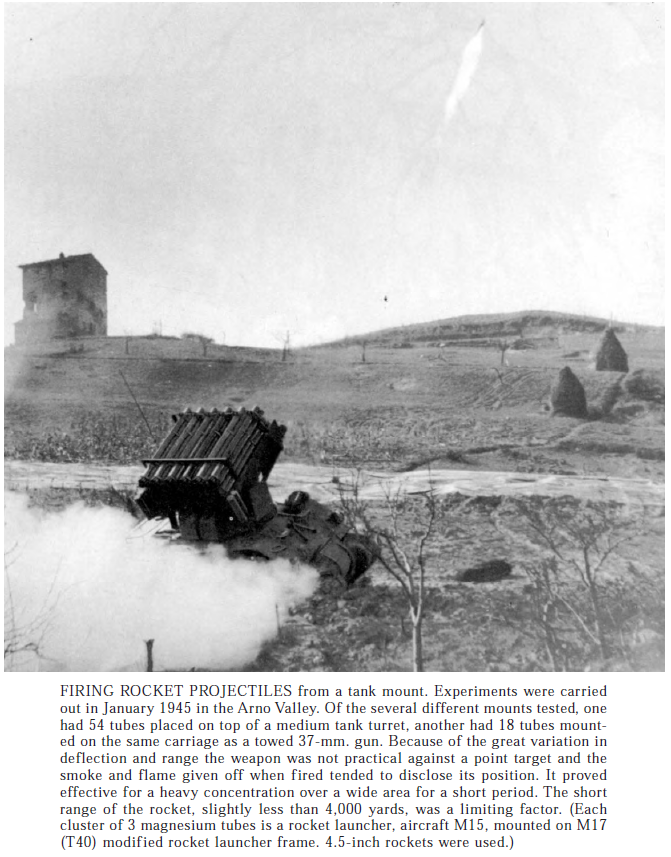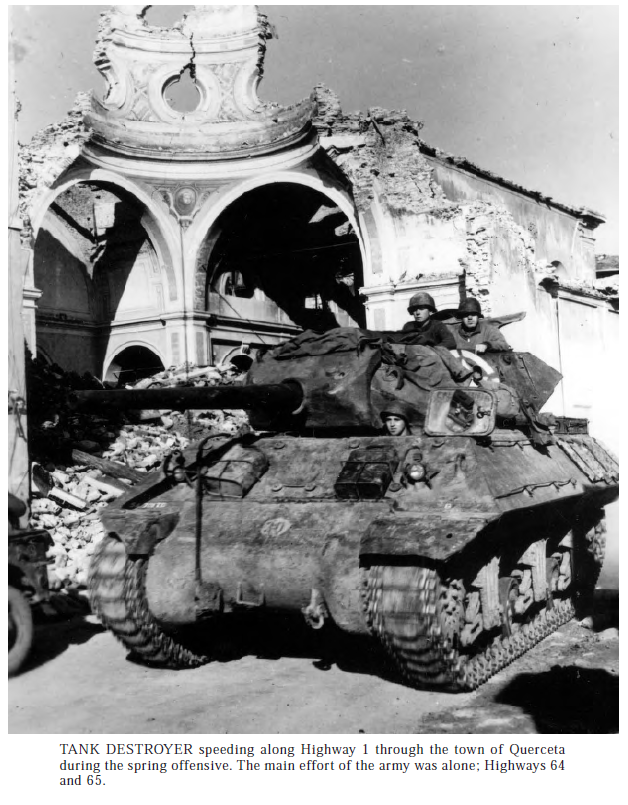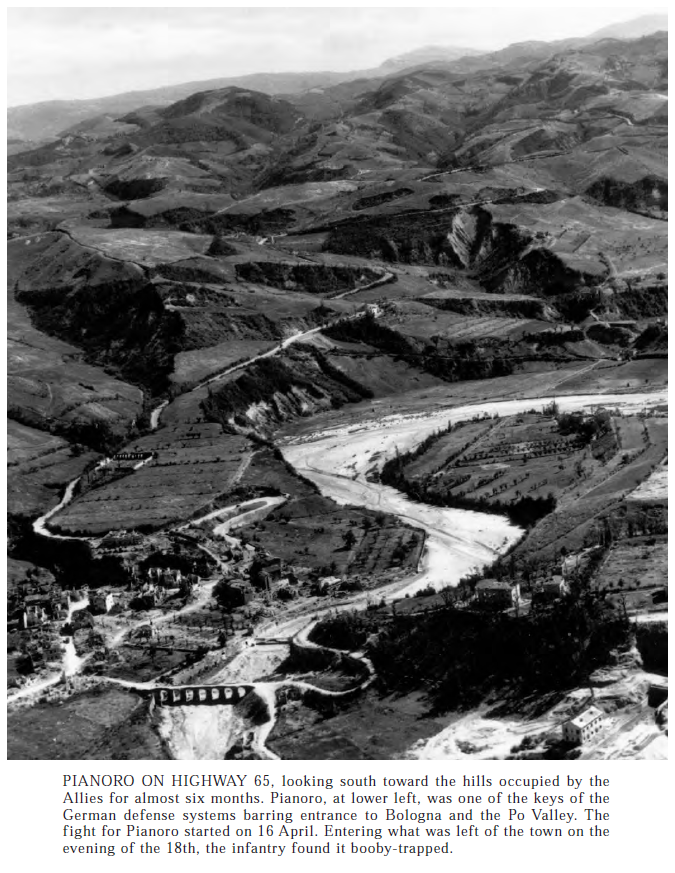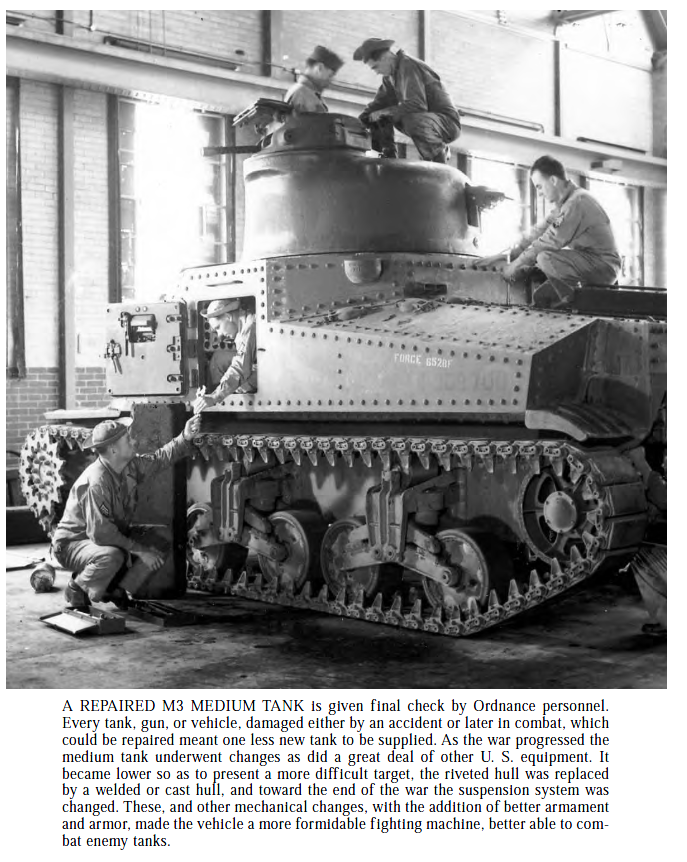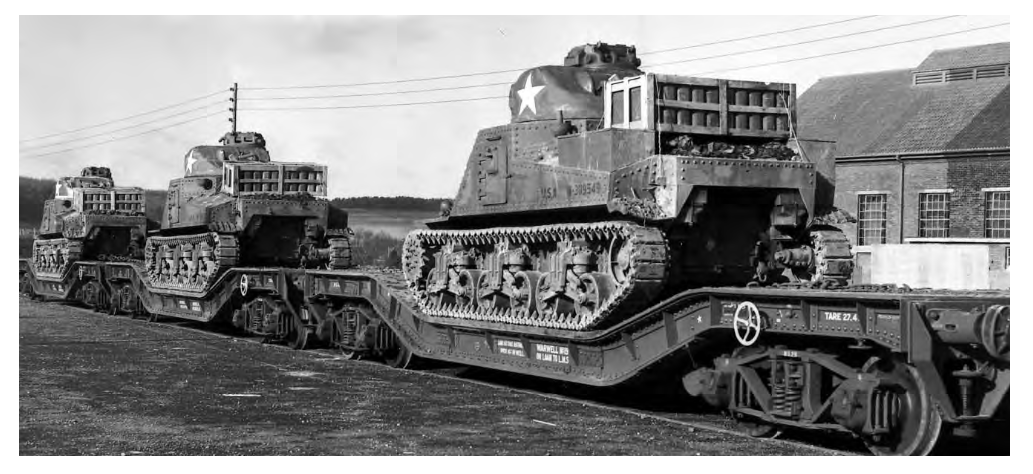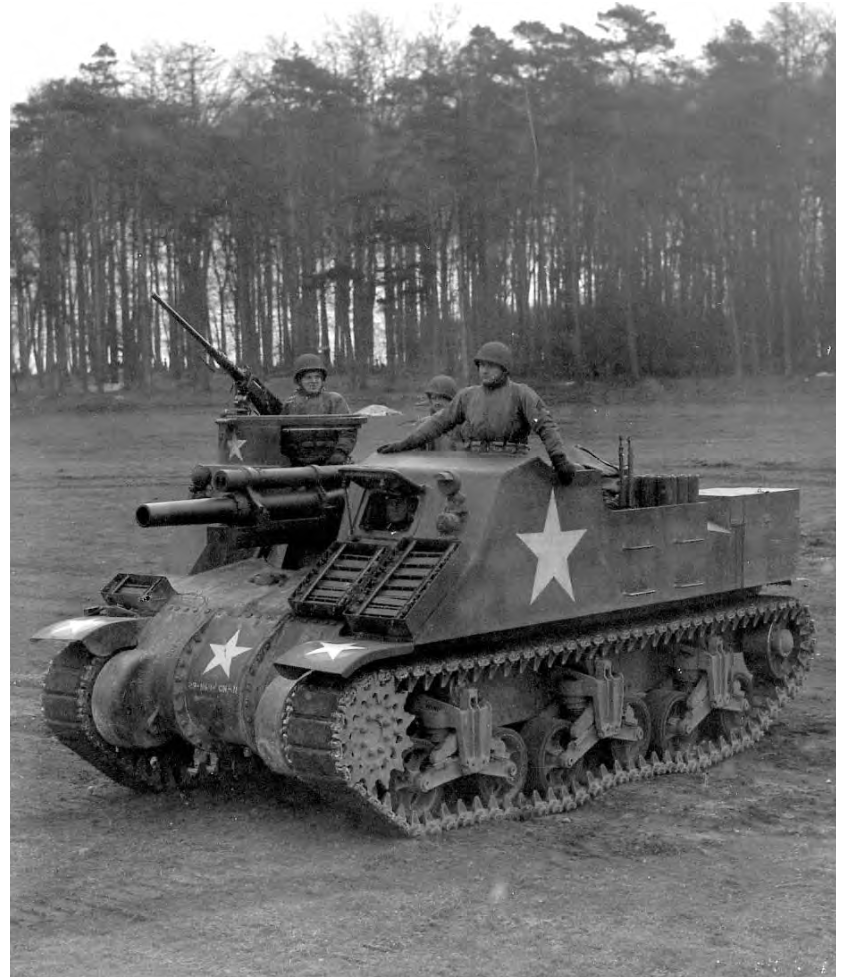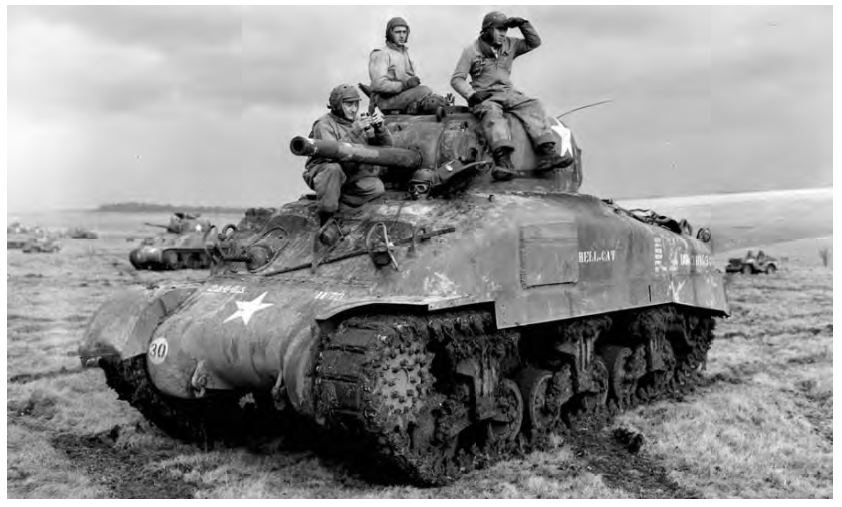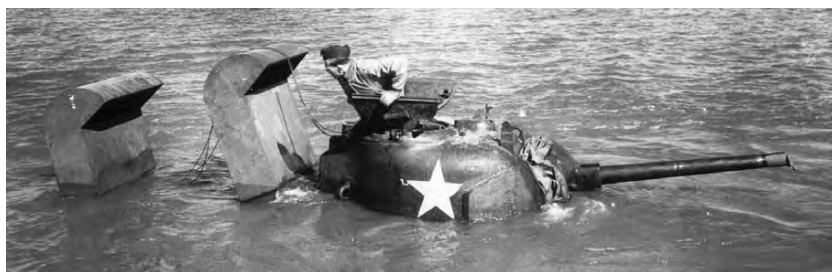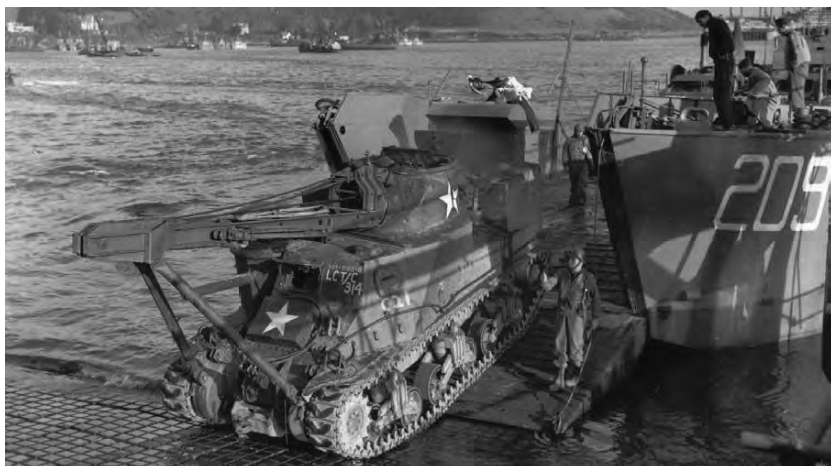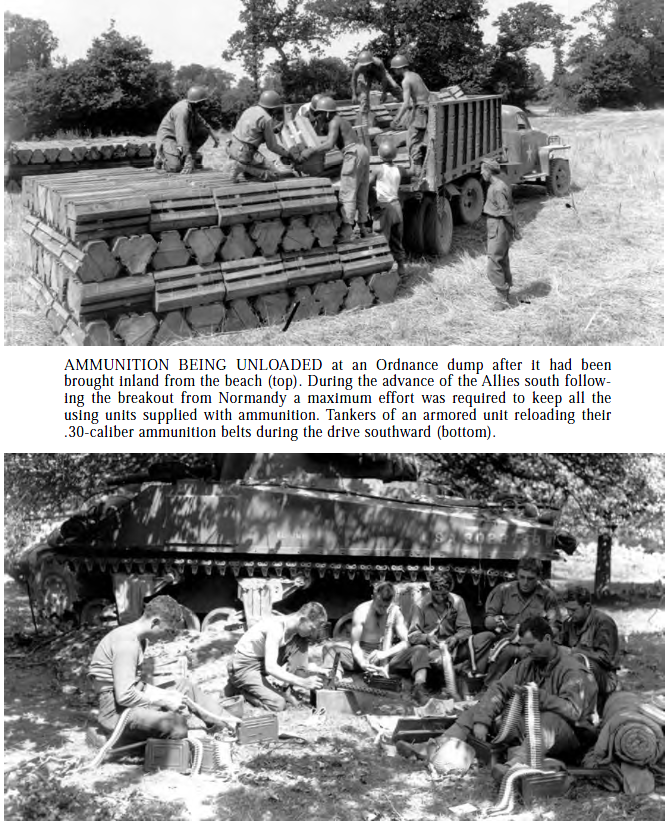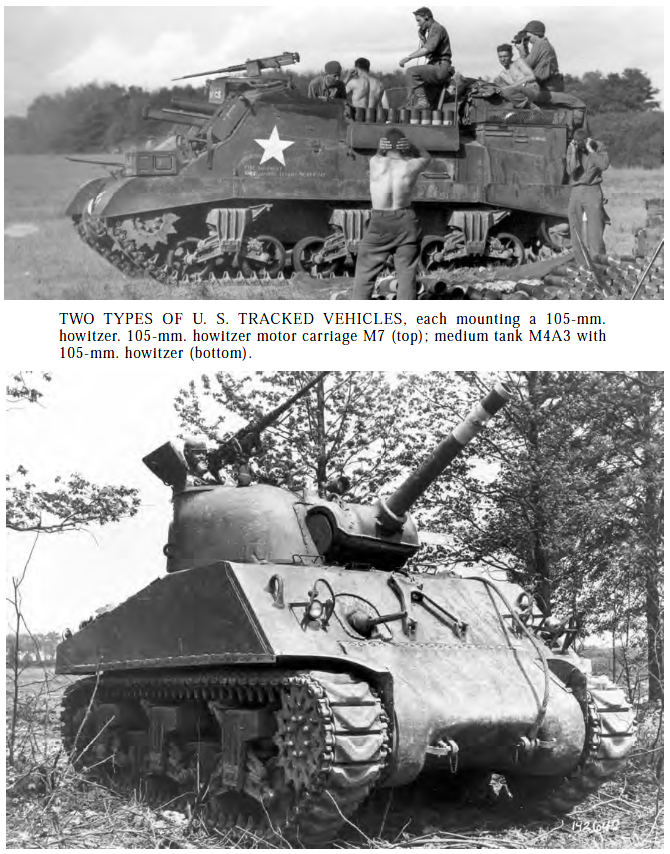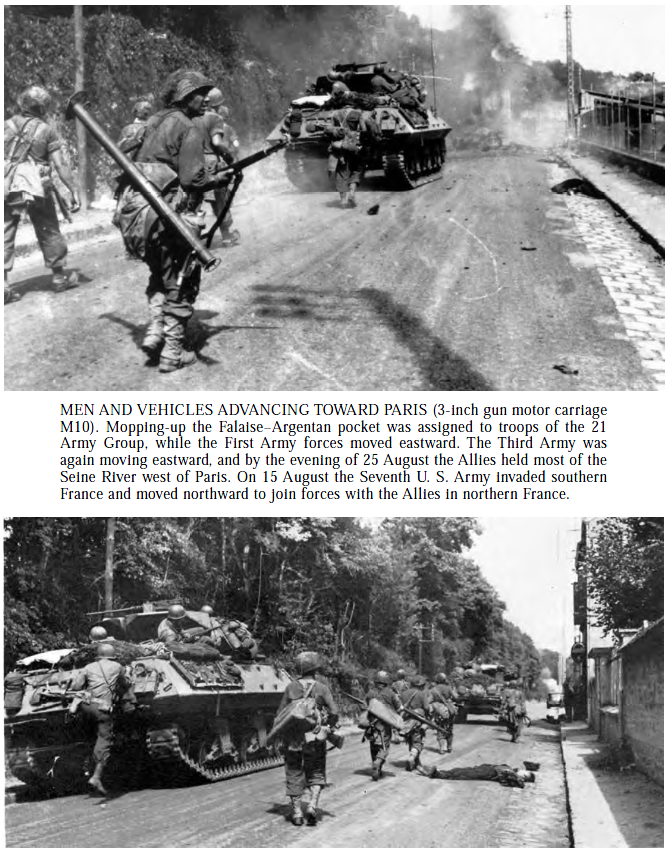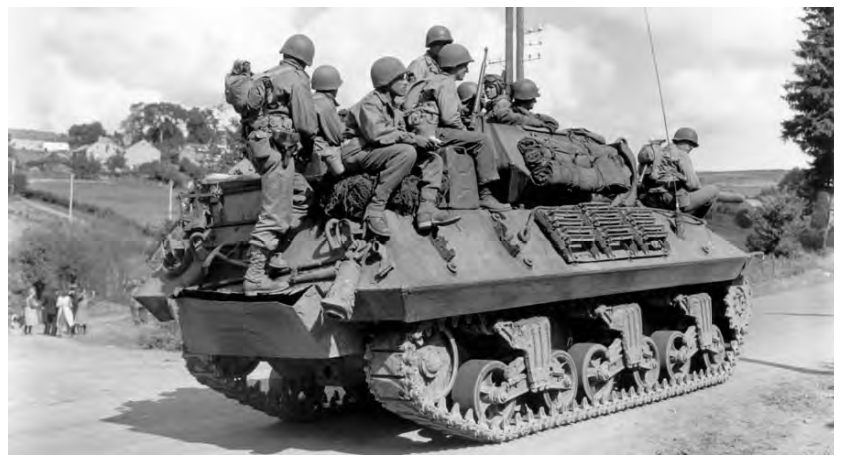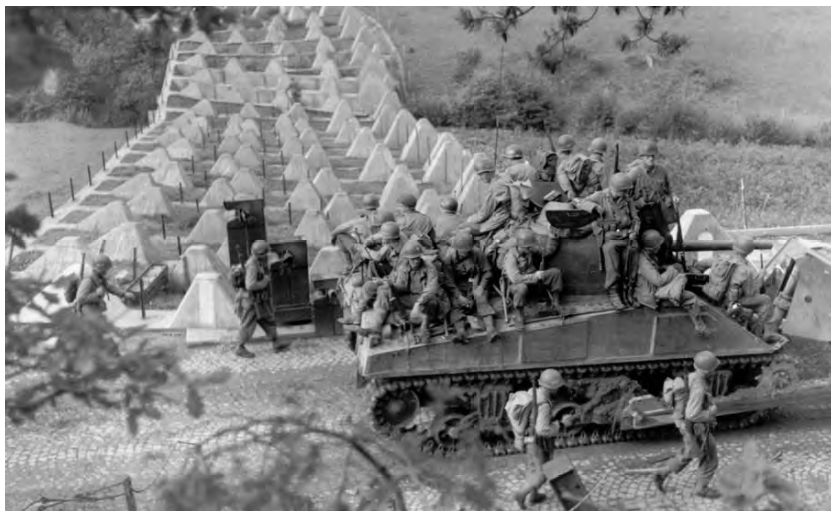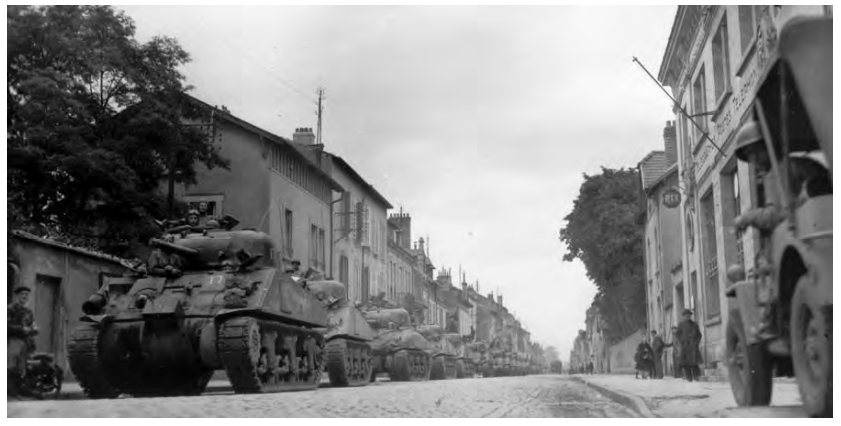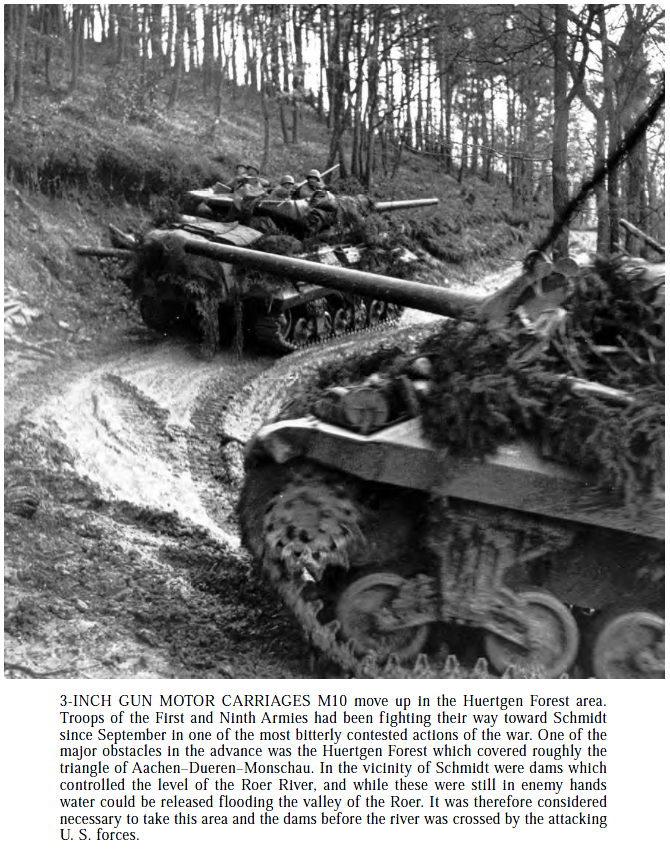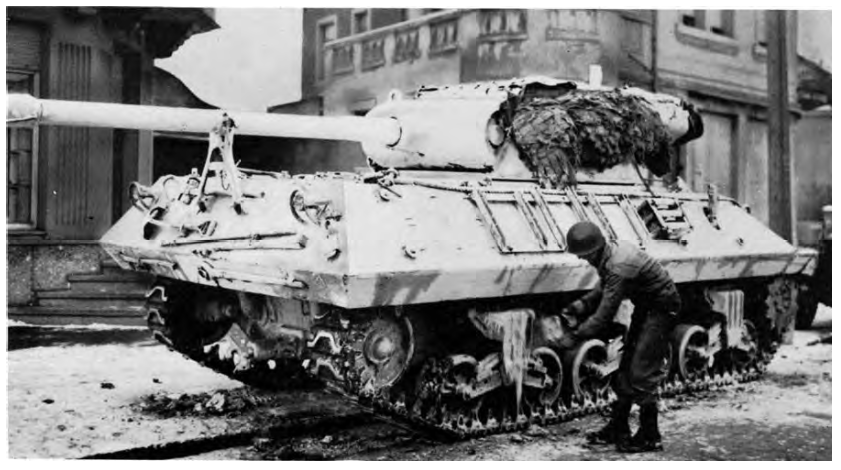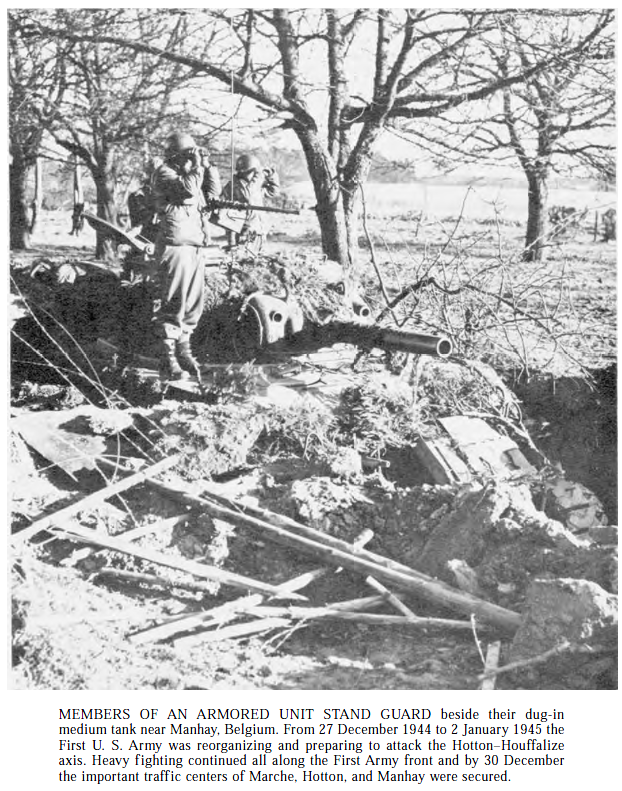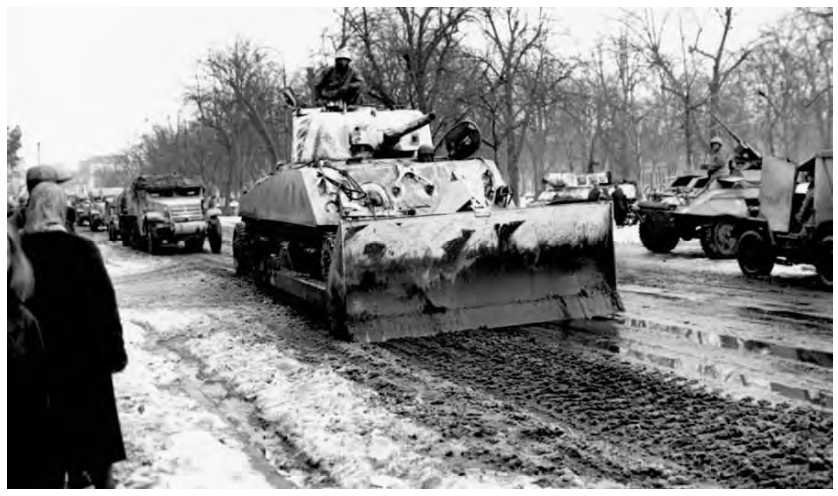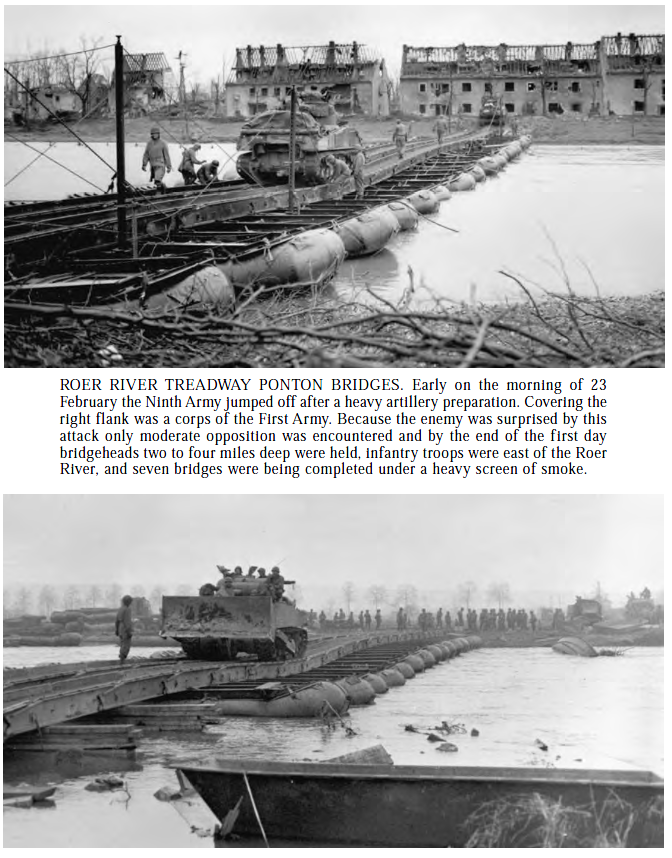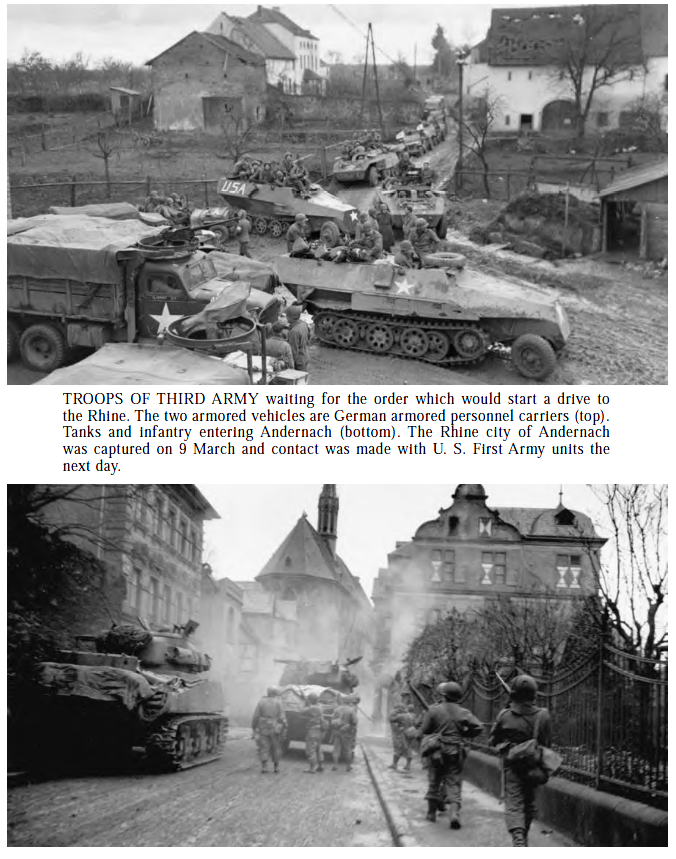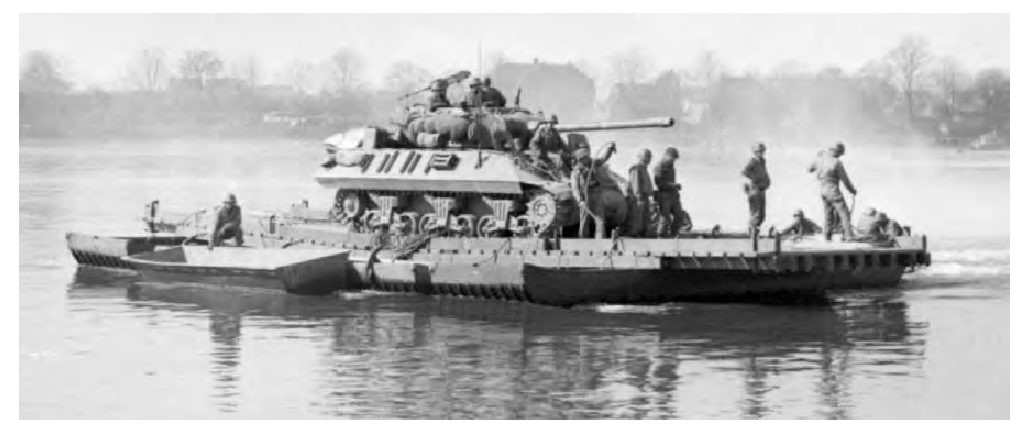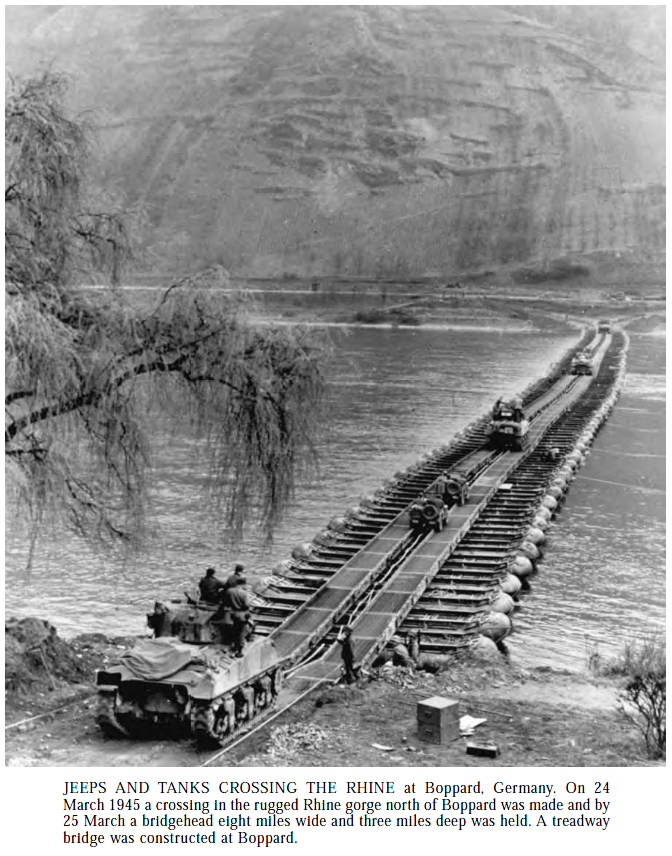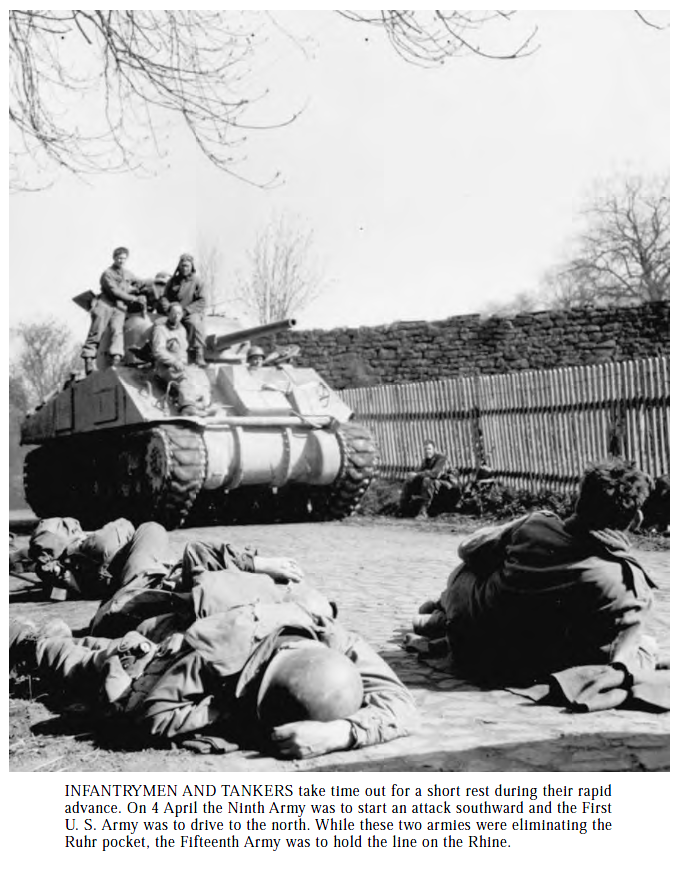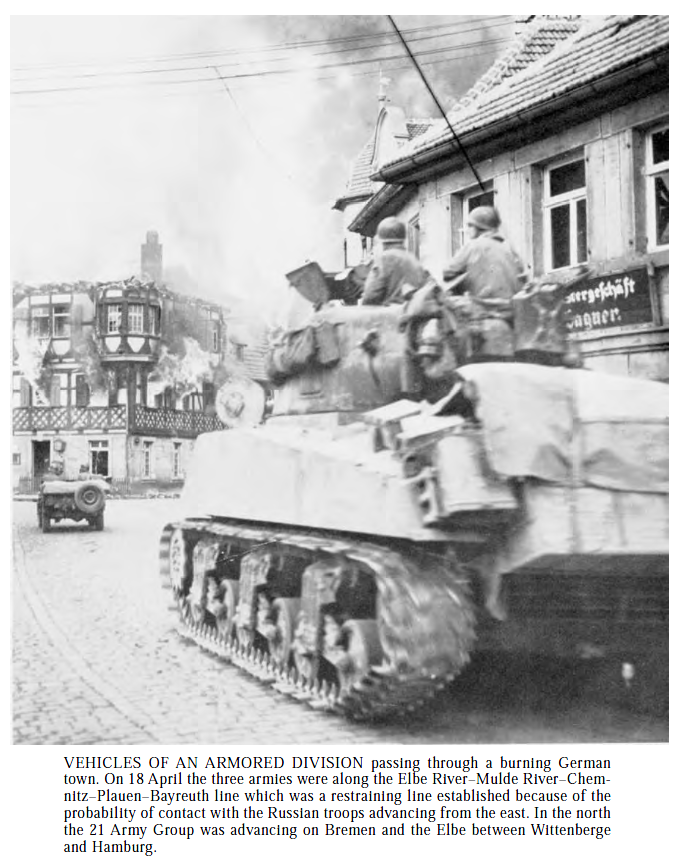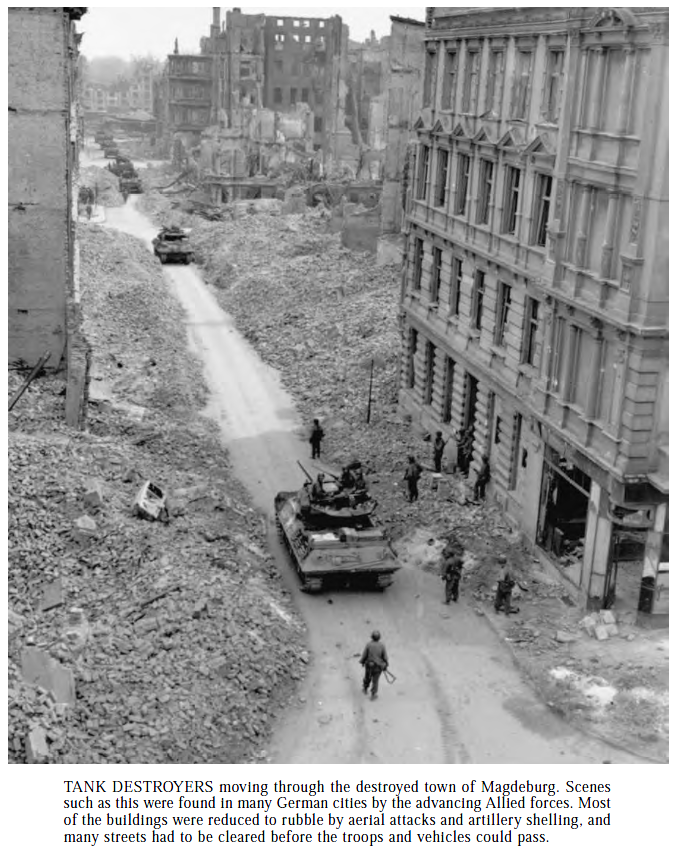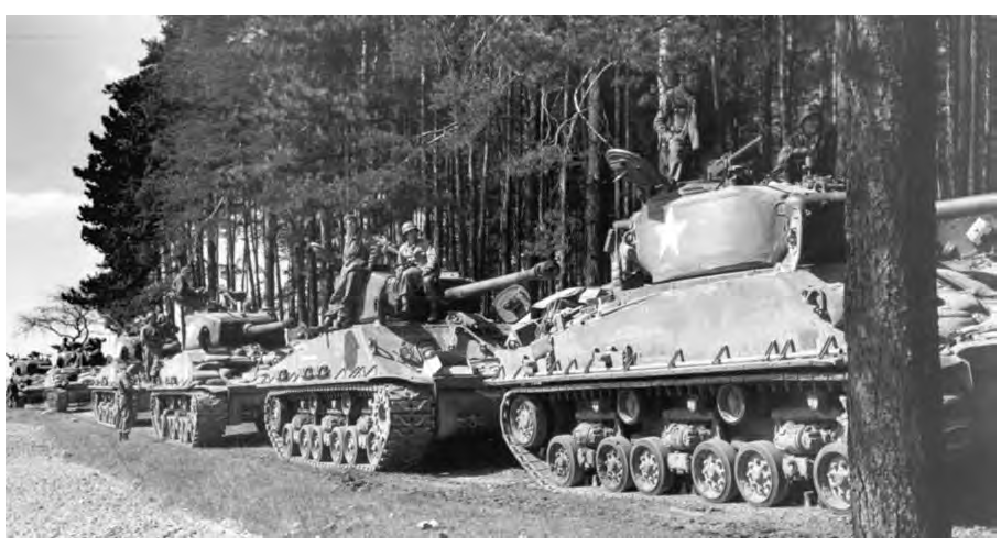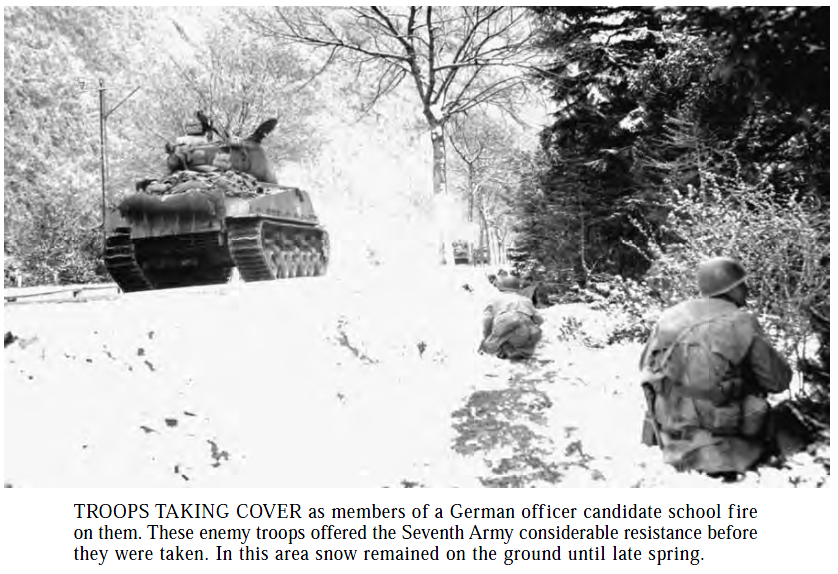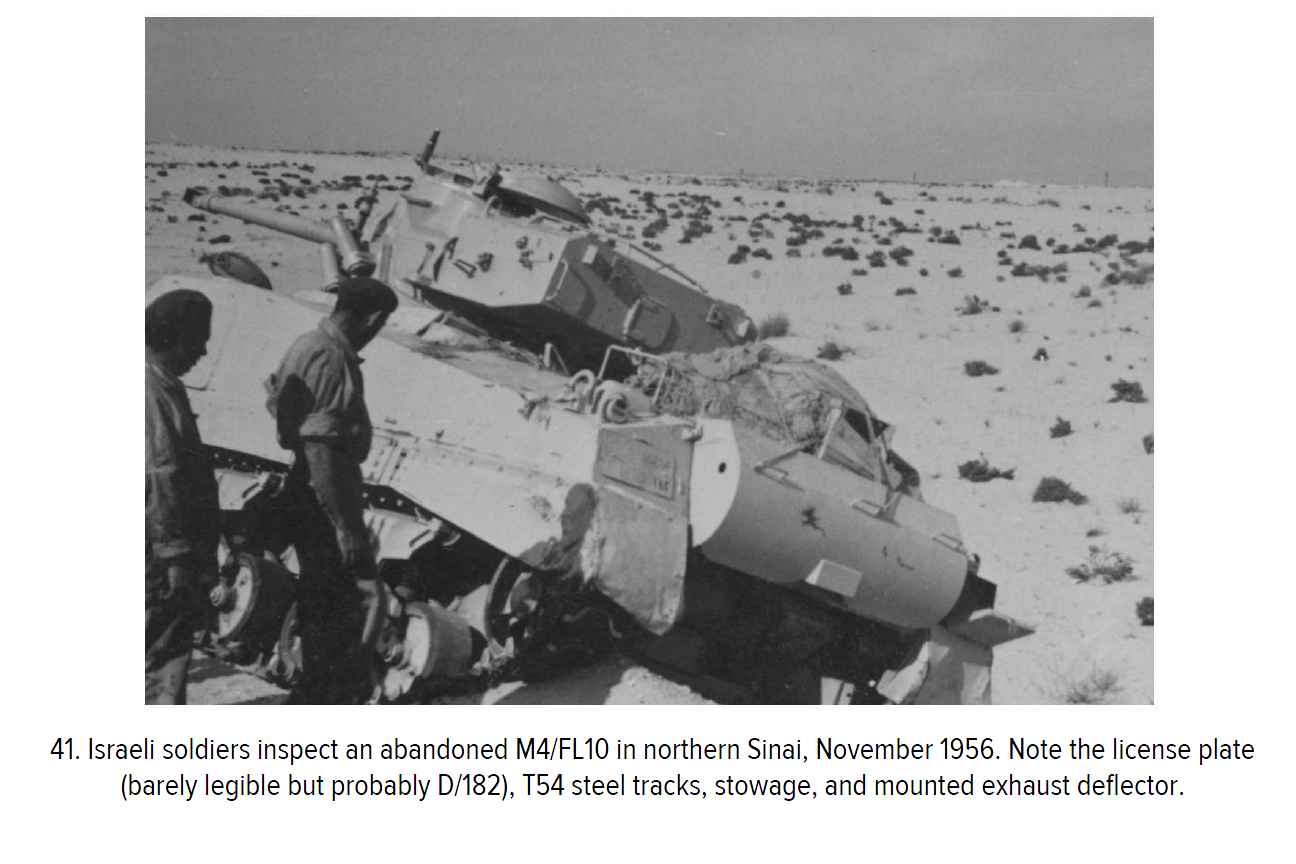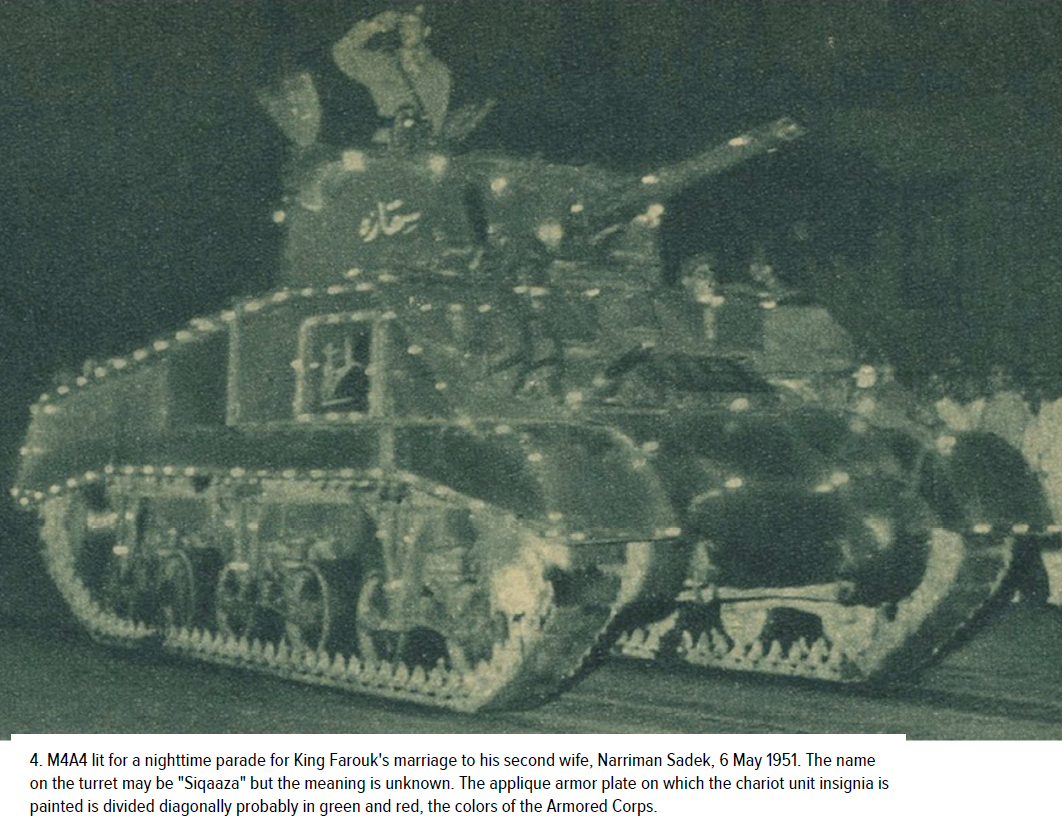One year in operation!
In November of last year the site went live, but I was learning how to the page building stuff worked, and I really didn’t have the complete setup until December. Over the year I’ve had a lot of people contact me about it, and gotten a lot of feedback from the comments and in emails and changed a thing or two as a result. I’ve gotten many comments correcting image captions, and I am always happy to get those. I’ve also gotten a small number of negative comments, and the most negative I left out, but I responded to just about everything. That’s just life on the internet.
Let’s talk about some boring numbers, the first two months the site was live last year it saw 6708 visitors, they checked out 76k pages over just over 18k visits, and downloaded about 20 gigs from the site. This year has seen a lot of growth. So far this year, we have had 94k unique visitors, and they visited 259k times and checked out 714,000 pages and they downloaded over 2100 GBs of data. Most of it came in through Google, but the Sturgeons House, Reddit, Atlas obscura, World of tanks forums and War Thunders forums and of course Facebook have brought in traffic too, enough to be noticeable. Who knew the Sherman tank was all that interesting.
Of the documents available for download, the most popular almost every month is odd, and the same file. The file is, the Index for the United States Strategic Bombing Survey. This is just the index of the various report subjects in the survey. Three hundred and twenty four pages of index. Why this document is popular is a mystery to me. I do have a few of the reports, either ready to host when I get around to it, or already hosted. This month so far it’s only in the number three spot. Number two and three are normally one of the technical manuals on a tank like the M4A3, TM9-752 currently number two, or 9-750 number one this month so far, it’s on the M3 Lee.
I could go on about stats but I won’t because although I find it amusing, I don’t think the rest of the world cares that Sherman tank Interior lights was a popular keyword search for months.
Since this site is my hobby, and a labor of love, how fast the content comes out is based on how much free time I have and how life is going. This year has been a pretty rough one, it started out ok and I could crank a lot stuff out, and had already had a lot of content on hand from the forum thread that started this all. Once the site was up, I found even more resources, and have so much to do, I’ll be posting stuff about the Sherman and it’s users for years, but the pace is going to depend on how good 2017 is to us. 2016 was great for me. I lost a dog, labs don’t normally reach 18 but she almost did. That coupled with some family and health issues, things slowed down a tad over the summer.
The site is all paid up for another year, and I have a lot of content to work on, and life is cooperating for now too so the pace should pic up. If I ever exhaust my resources on the Sherman, I can move onto the WWII F4U Corsair, or P-38 Lightning fighters.
So to wrap this up, let all look forward to a good new year.
Check out my latest posts as well.
#65 Sherman Tanks of the US Army Official History books: This one Covered the MTO
Sherman Tank Book News! New book on Egyptian Shermans! New Post!
Merry Christmas and Happy Holidays everyone, moist turkey for everyone, and thanks for visiting and reading the site!



